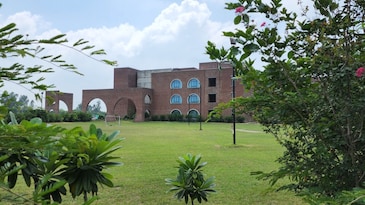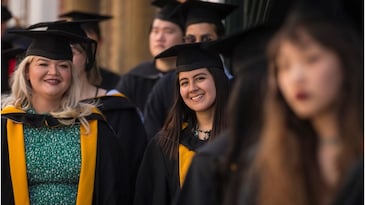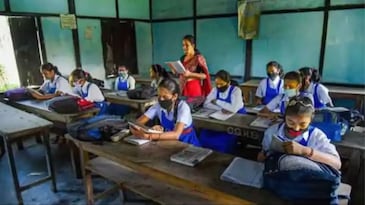The New Law College at Bharati Vidyapeeth University, established in 1978, is a separated institution stated for its excellent legal education. The Bar Council of India and the University Grants Commission both recognise it as a constituent institution of Bharati Vidyapeeth University Pune. The Bar Council of India accepted the college's affiliation in Letter No. BCI-D-1029, dated 7/7/2009; in addition, the college is recognised under Sections 2(f) and 12(b) of the UGC Act 1956. The college received a third cycle evaluation rating of "A+" from the National evaluation & Accreditation Council (NAAC), retaining its accreditation.
Hon. Mr. Justice Y.V. Chandrachud, who was India's Chief Justice at the time, presided over the college's inauguration in 1978. Hon. Mr. Justice K.G. Balakrishnan, a justice of the Supreme Court of India and the country's Chief Justice at the time, laid the cornerstone for the construction of the New Law College building in 2004. Later, in 2005, Hon. Mr. Justice R.C. Lahoti, who was then the Chief Justice of India, officially opened the law college's new building. The college celebrated its silver jubilee in 2003, recognising 25 years of outstanding legal education.
The institution offers outstanding legal education at the undergraduate and graduate levels, including the LL.B. three-year programme, the BBA LLB five-year programme, the BA LLB five-year programme, and the LL.M. (trimester & two-year Course). The University Grants Commission (UGC) and the Bar Council of India (BCI) have both given their officially approval and recognition to these programmes.
Additionally, the college provides a wide range of diploma and certificate programmes that concentrate on specialised areas of law, such as corporate, labour, tax, and arbitration laws as well as human, intellectual, and property rights. These programmes are meant to give students in-depth education and professional experience in the fields of their choice.
The law school's faculty offers the chance to pursue a doctorate in law. Both ancient and contemporary publications on law and legal systems can be found in its library
The college has a large, seven-story autonomous structure with a large auditorium, a separate Moot Court Room, a cell for women's empowerment, a cell for legal aid, a cell for placement, a cell for international students, and other cells.





















